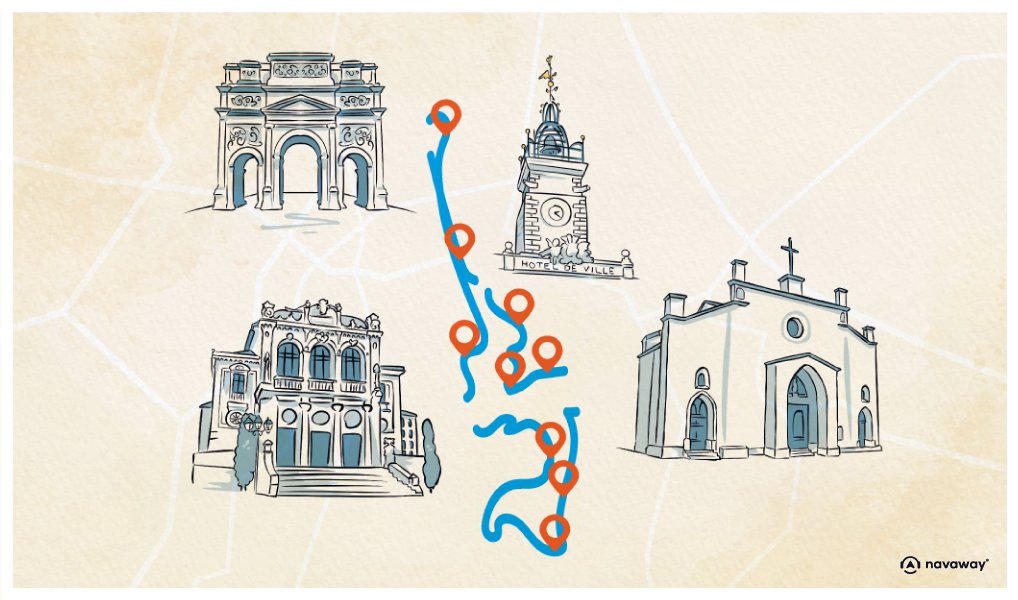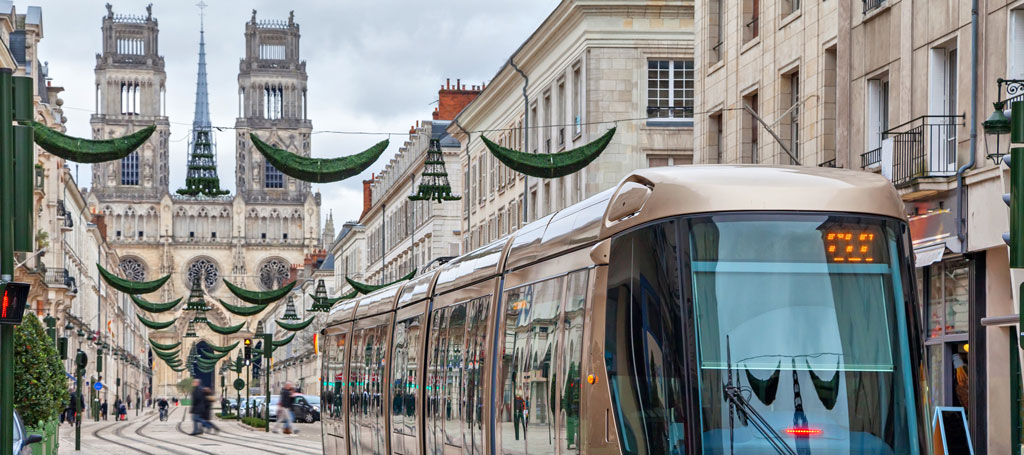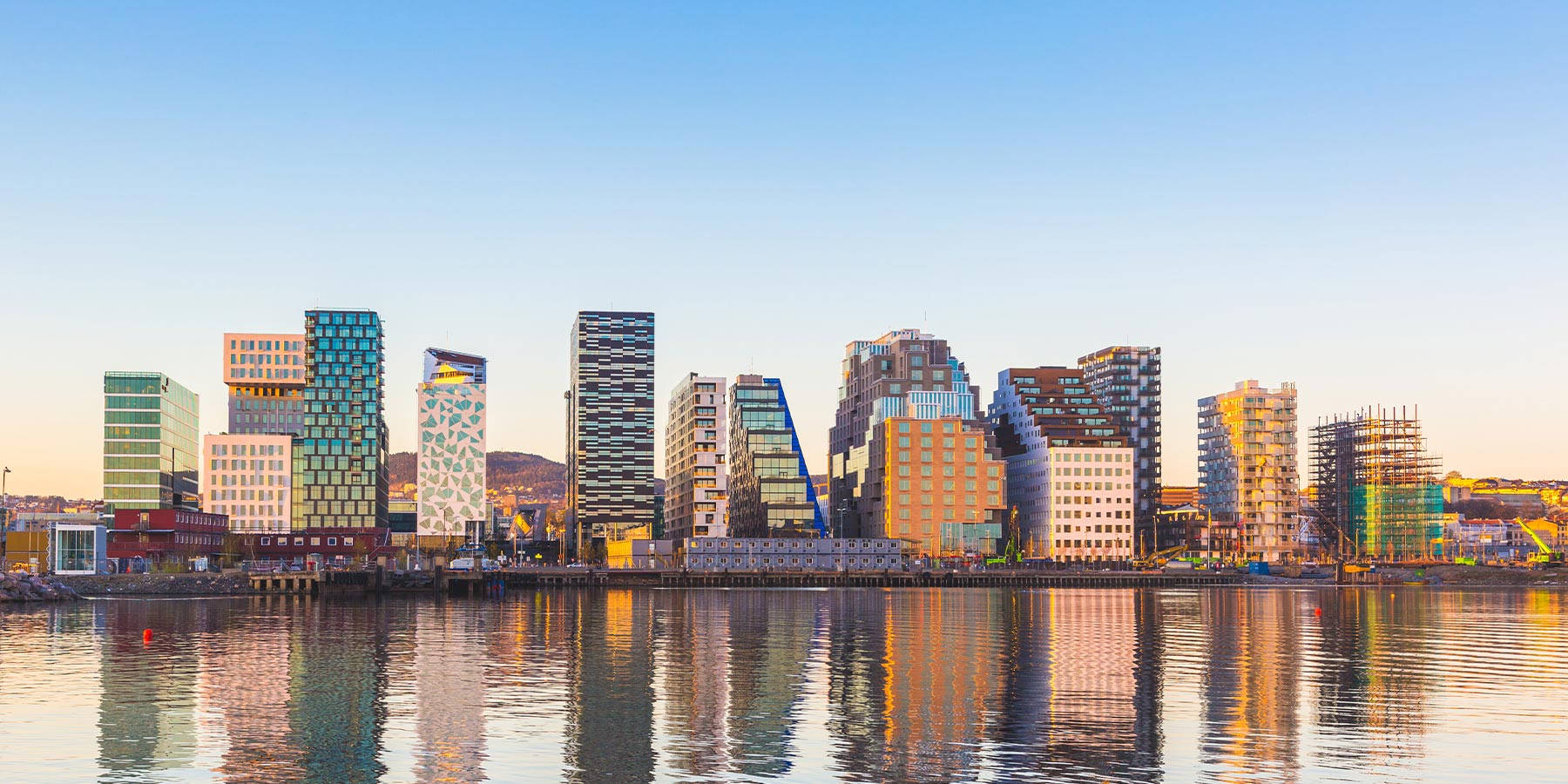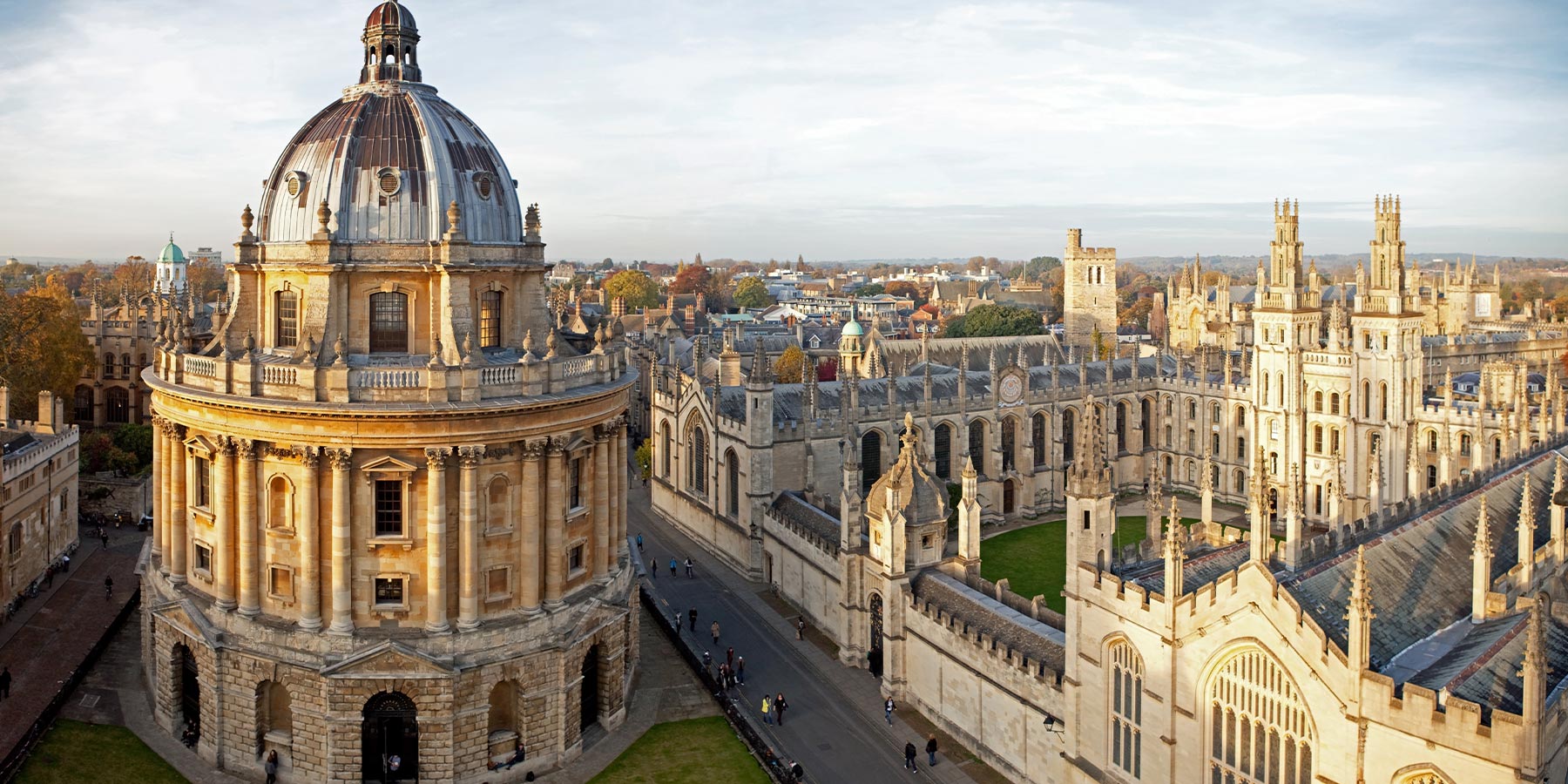
19th-century Theatre

This point of interest is available as audio on the tour: Visit Orange, The City of Princes
Now, Orange does not only have an ancient theatre, but also a magnificent municipal theatre, which is listed as a historical monument. It was built in the late 19th century by André Jean Boudoy, an associate of Charles Garnier. The building exemplifies the eclectic style very much in vogue at the time, blending neoclassical and Baroque elements. Its magnificent façade features 3 busts, each representing a theatrical style: Molière for Comedy, Corneille for Tragedy and Félicien David for Opera. Well, it should have been the playwright Jean Racine, but they eventually went with the French composer, to represent the musical genre as well. The building was requisitioned by the Germans during the Second World War, and then turned into a conference and meeting room, before housing the municipal archives and library. The theatre has now been restored to its former glory, thanks to major renovation work that allowed it to once again host performances. The commemorative monument to the left of the theatre was erected in honor of the 32 nuns executed during the Reign of Terror. The so-called Reign of Terror was a period during the French Revolution that saw radical revolutionaries take control, and justify their extreme actions as a means of protecting the Revolution. This led to mass executions of suspected supporters of the monarchy, including many clerics refusing to renounce their faith. Such was the fate of the 32 nuns of Orange. In July 1794, 332 people, among them the 32 nuns, were guillotined here. Beatified in 1925, these nuns are honored here in this beautiful artwork by French-Ukrainian painter, sculptor and poet Boris Lejeune. Continue past the theatre back to Rue de la Tourre.


Discover Orange with app
An interactive guide through the most beautiful streets, squares, and districts
19 fun audioguides full of historical facts, anecdotes, and legends





Comments